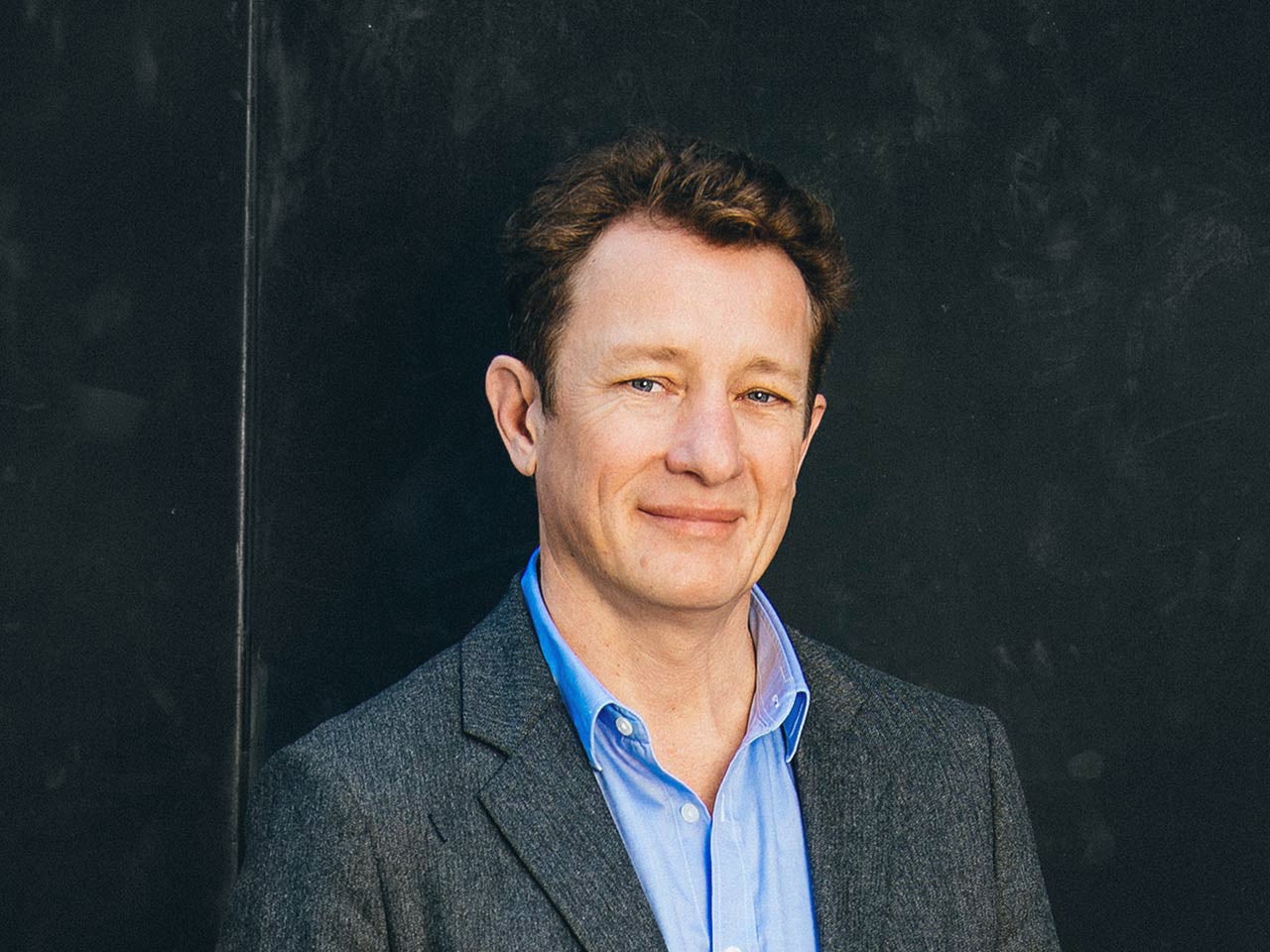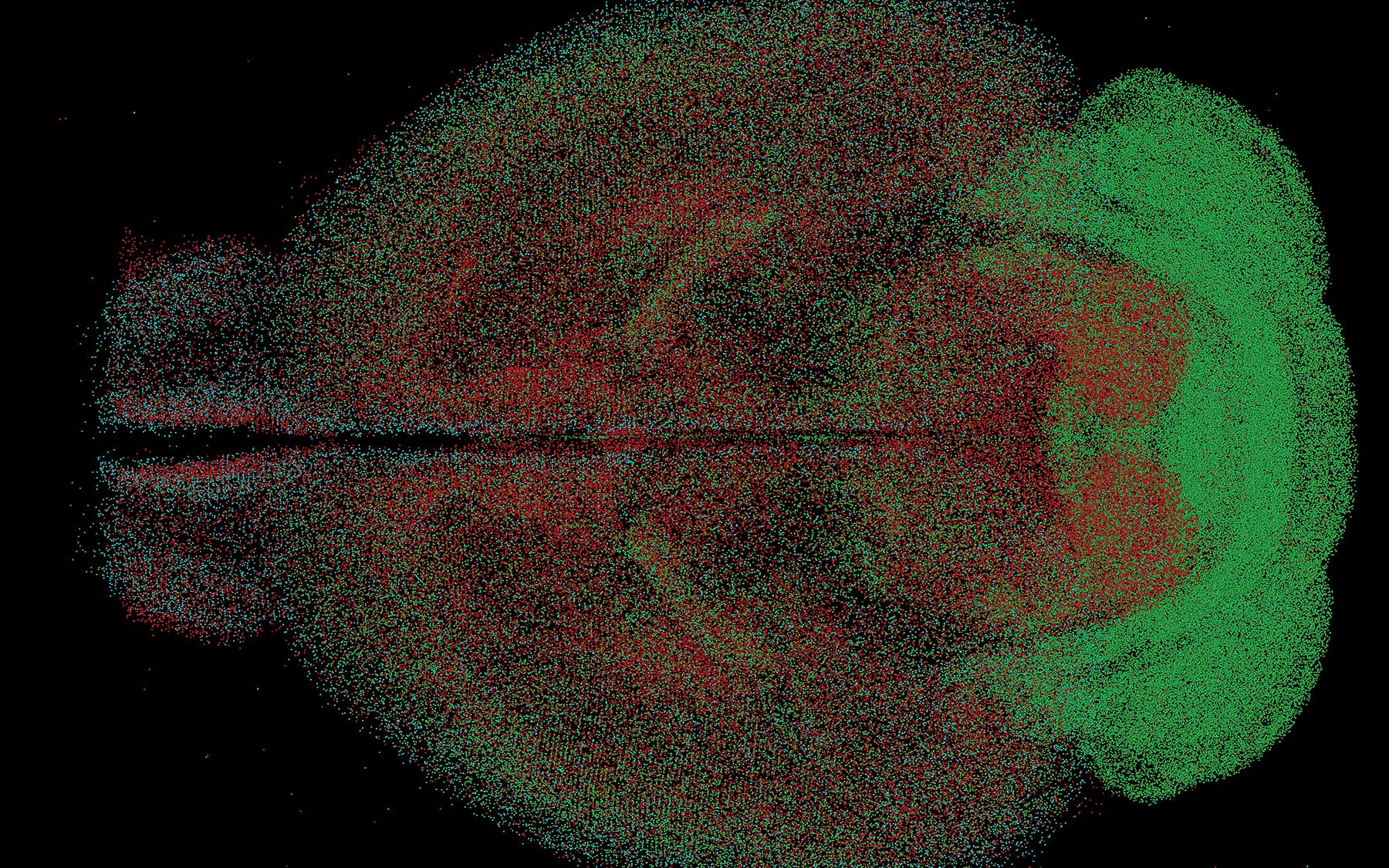What you see here is not a pointillist masterpiece. It is a rendering of the mouse brain, from above, formed by millions of colored dots. Like the famous canvases painted by post-Impressionist Georges Seurat, the triumph of this image is in the relation of the dots themselves. Each colored dot is an inhibitory neuron, and what Associate Professor Pavel Osten and colleagues discovered using their qBrain method is discerned by probing hidden relations among the dots—a task not for the eye but for quantitative biologists and supercomputers.
The “q” in qBrain stands for quantitative. This first-ever map of the whole mouse brain at single-cell resolution enables scientists to make accurate counts of specific nerve-cell types. “The brain is like a very complicated Lego puzzle,” Osten says, “with pieces that come in all sorts of shapes and sizes. If you want to understand how brain circuits work, you first need to know how many pieces there are, of what types, and how they’re distributed.” Mapped here are three types of inhibitory cells, expressing proteins called PV (green), SST (red) and VIP (blue).
This proof of principle bodes well for CSHL’s leadership role in the NIH’s multi-year BRAIN Initiative, in which Osten and Professor Josh Huang are principal investigators and four other faculty (Zador, Mitra, Albeanu and Gillis) are core leaders and/or co-investigators. In one experiment made possible by qBrain, Osten’s team disproved a widely held assumption that inhibitory neuron types are evenly distributed across the cortex. Another experiment showed that male brains, despite their larger average size, don’t contain more inhibitory cells than female brains. In 10 subcortical regions, females have more, meaning they have finer control over areas regulating reproductive, social and parenting behaviors. These are surely the first of many important discoveries.
Written by: Peter Tarr, Senior Science Writer | publicaffairs@cshl.edu | 516-367-8455
About

Pavel Osten
Adjunct Professor
M.D., Medical School of Charles University, Prague, 1991
Ph.D., SUNY Downstate Brooklyn, 1995
